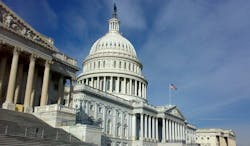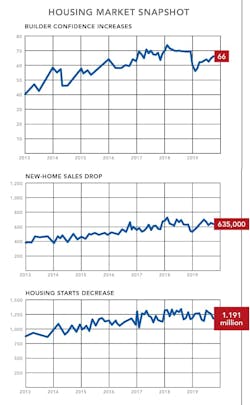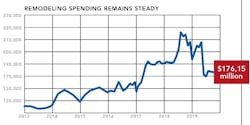It's Time for Congress to Act on Finance Reform
The Trump administration put forth a plan in September to reform the nation’s housing finance system. Now, after 11 years of Fannie Mae and Freddie Mac in conservatorship, it is long past time for Congress to act.
For a healthy economy, the housing sector needs to have confidence that its liquidity needs will be met. Only Congress can provide certainty to the housing finance system through durable reform, free from the whims of administration personnel changes. Failure to act surrenders reform to the federal agencies and risks postponing much-needed changes for years to come.
The National Association of Home Builders (NAHB) believes it is important that any new structure include an explicit federal backstop for the housing finance system. It must preserve the affordable, 30-year fixed-rate mortgage, which has helped millions of American families enjoy the wealth-building effects of homeownership, as well as provide an effective financing system for multifamily housing. In addition, given the severe shortage of affordable homes, the plan must address the financial and regulatory impediments to housing production.
It is important to note that federal mortgage finance programs, including those of the Federal Housing Administration (FHA), play an important role in meeting affordable housing needs. NAHB believes they hold great potential to augment a reformed housing finance system.
The administration announced its outline for reform as the U.S. Treasury Department and the Department of Housing and Urban Development separately issued their recommendations. Treasury’s report focuses on the future of Fannie Mae and Freddie Mac and calls for Congress to establish an explicit federal backstop paid for by these government-sponsored enterprises. HUD’s report deals largely with the future role of the FHA and Ginnie Mae.
The Treasury plan includes recommendations for shrinking Fannie’s and Freddie’s footprints in both the single-family and multifamily markets. NAHB believes these moves would diminish liquidity in the housing market and worsen the current housing affordability crisis.
NAHB looks forward to working with the administration and Congress to implement a framework and to provide a careful transition that does not disrupt the flow of credit.
Access a PDF of this article in Professional Builder's October 2019 digital edition


